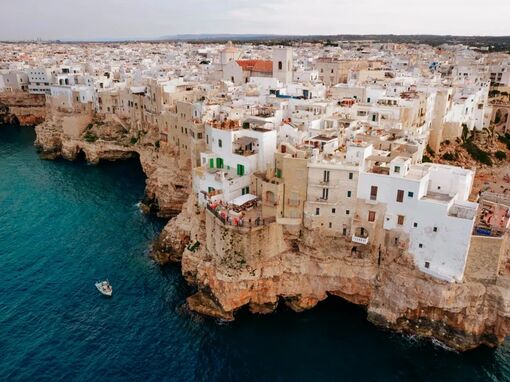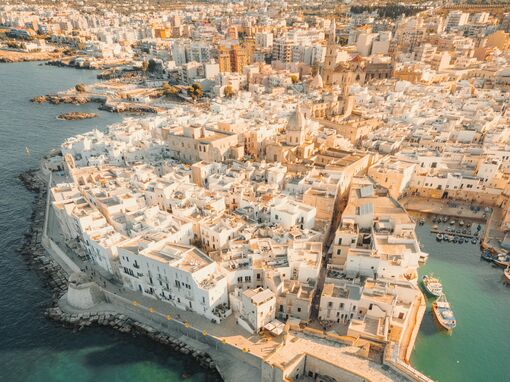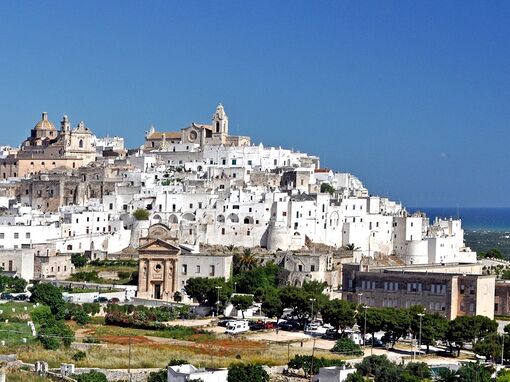
Spenser & Michael
Spenser & Michael
Things to Do
Are there nearby towns to visit?

Polignano a Mare, which is 14 miles from Sevelletri, rises on the eastern coast of Puglia. The main feature of this place, in fact, is its position: the historic center stands on a rocky outcrop overlooking the Adriatic Sea. Polignano is known for its spectacular natural landscapes, sea caves, and its historical center.

Monopoli (from the Greek monos and polis) means unique city. This charming seaside town is located 10.5 miles from Borgo Egnazia and is made up of beautiful little coves and inlets.

Alberobello can also be referred to as the capital of the trulli, extraordinary examples of dry stone building with conical or pyramid-shaped roof slabs, with an expanse of over 1,500 trulli. The name Alberobello derives from Silva alboris belli, with the meaning of “forest of the tree of war”.
The town was born at the end of the 14th century by the Counts of Conversano, landowners who entrusted the oversight of the territory to farmers. The Kingdom of Naples required a tax payment for each new village built and the trulli were designed to avoid paying those taxes. They had to appear precarious to give the impression of easily demolished buildings in the event of an inspection. After an initial settlement of about 40 trulli, in 1620 there was an important expansion. When visiting Alberobello, one must see the Trullo Sovrano, as it is the only two-story trullo in the town.

Ostuni is one of Puglia’s most beautiful cities, a tumble of white-washed buildings perched strategically atop a hill. Known as the White City, Ostuni has views of the endless olive trees in the Valle d’Itria countryside and the glimmering Adriatic Sea just 5 miles away, home to some of the region’s best beach resorts. At Ostuni’s highest point, you’ll find Ostuni’s Cathedral, Cattedrale Santa Maria Assunta. It was built in the 15th century in the late Gothic style, rare in Puglia where most of the churches are austere Romanesque or ornate Baroque.